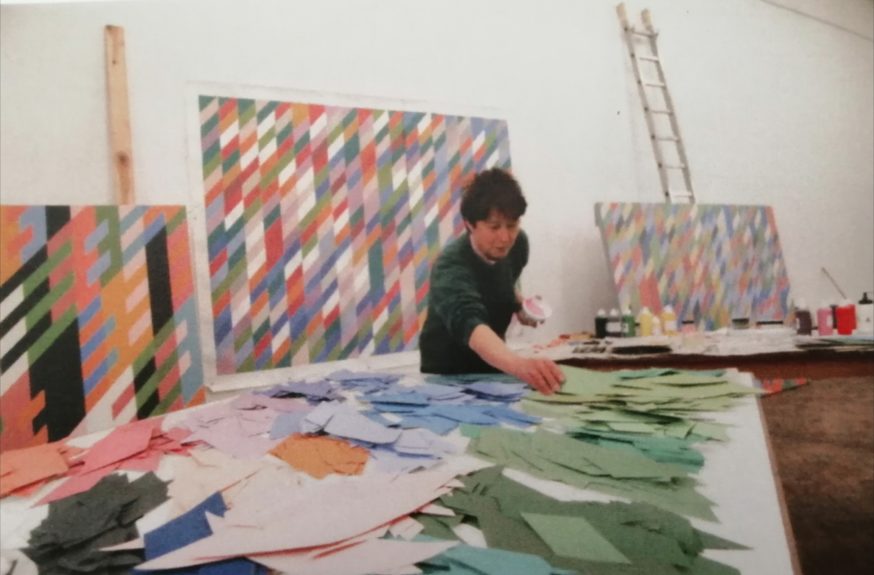So with face mask firmly in place I made my way to the Marian Goodman Gallery in London's Mayfair area. I had a timed appointment to visit, so before going in I locked my bike to a lamppost and sat in a fairly deserted Golden Square enjoying a coffee and soaking up the … Continue Reading ››
Monthly Archives: July 2020
Bridget Riley: Studies: 1984-1997

As galleries begin to open again this week I decided to check out two exhibitions currently on display at David Zwirner in Grafton Street. I booked ahead and … Continue Reading ››


